South Korea is often defined by the fast-paced energy of Seoul and the coastal charm of Busan, but there’s far more to explore beyond its two major cities. The destinations across South Korea that aren’t Seoul or Busan reveal a quieter, more diverse side of the country—one filled with mountain villages, seaside escapes, and cultural gems that highlight its natural beauty and deep traditions. From ancient temples tucked into forests to island getaways surrounded by turquoise water, these places show a Korea that feels both modern and timeless.
With these lesser-known destinations, travelers can experience a more personal connection to Korean life and landscapes. Each region brings something distinct—whether it’s local crafts, peaceful trails, or centuries-old architecture that tells stories of the past. So, step outside the usual tourist map, take the train or bus a little farther, and uncover the parts of South Korea that most visitors never see.

Gyeongju

Known as “the museum without walls,” Gyeongju was once the capital of the Silla Kingdom and remains one of Korea’s most historic cities. Ancient tombs, temples, and pagodas are scattered across the landscape, blending seamlessly with modern life. Highlights include Bulguksa Temple, Seokguram Grotto, and the royal burial mounds of Tumuli Park. At night, the Anapji Pond glows beautifully under lantern light. Gyeongju’s slower pace, bike-friendly streets, and deep cultural roots make it a must-visit for travelers seeking the heart of Korean heritage without the bustle of Seoul.
Jeonju
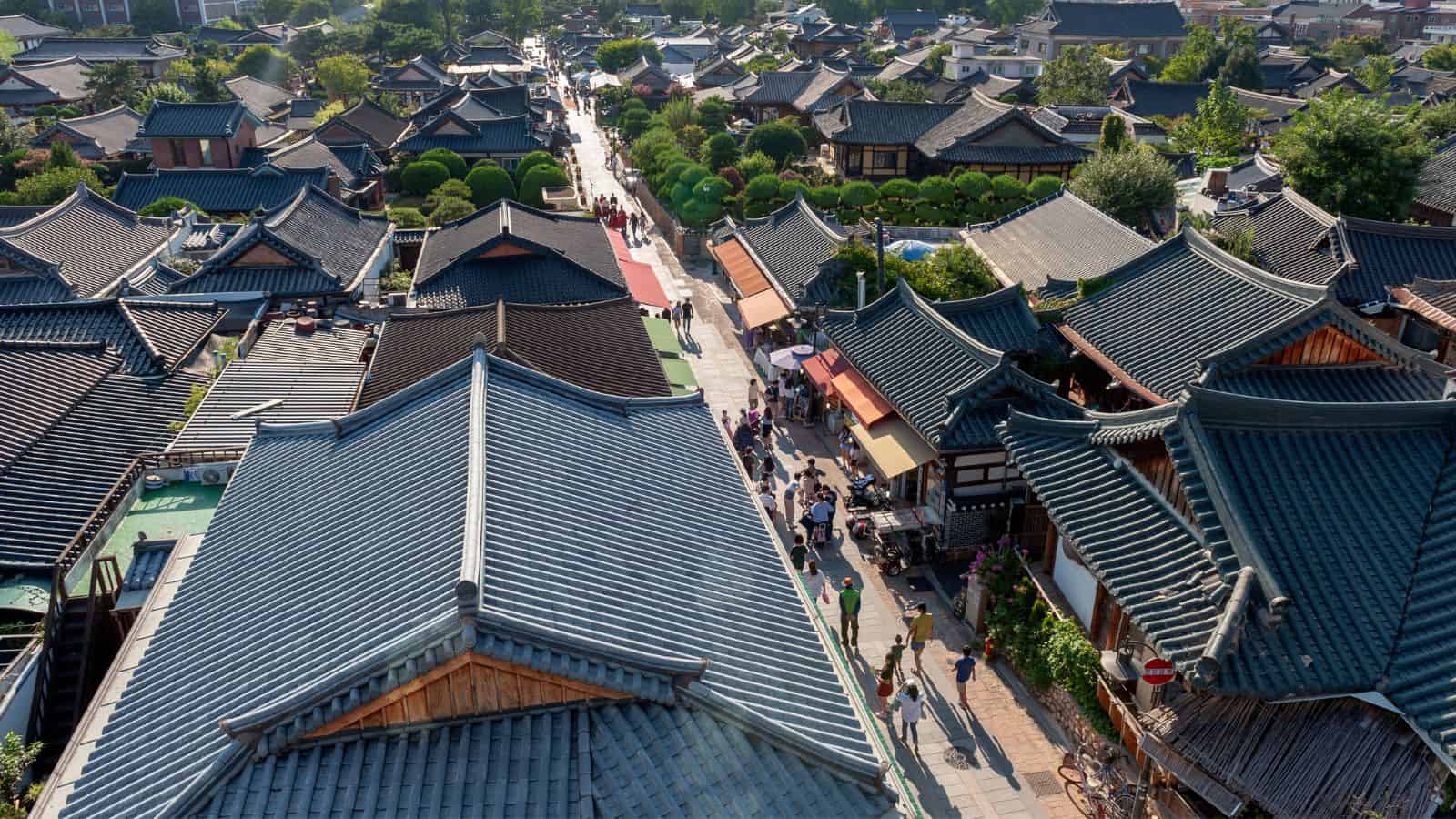
Jeonju is the birthplace of bibimbap and a haven for food lovers and culture enthusiasts alike. The Jeonju Hanok Village features hundreds of traditional wooden houses where visitors can stay overnight, wear hanbok, and sample street snacks like hotteok and makgeolli. Art galleries, craft shops, and teahouses fill its charming alleys. Jeonju also hosts an international film festival each spring, adding a creative pulse to its old-world charm. Its combination of traditional architecture, local cuisine, and welcoming energy makes Jeonju one of the most rewarding destinations in South Korea beyond the major cities.
Jeju Island

Jeju Island feels like a world apart, with volcanic landscapes, waterfalls, and beaches that offer a slower, nature-filled escape. The island’s Hallasan Mountain—South Korea’s tallest peak—invites scenic hikes through craters and forests, while the Manjanggul Lava Tube showcases underground wonders. Black-sand beaches, tangerine farms, and seaside cafés give Jeju a peaceful rhythm. Visitors can also explore local traditions, including the haenyeo—female divers who free-dive for seafood. Accessible by flight from Seoul or ferry from the mainland, Jeju combines adventure and relaxation in one breathtaking island getaway.
Andong

Andong preserves the essence of Korean Confucian culture. Its Hahoe Folk Village, a UNESCO World Heritage Site, is home to centuries-old thatched houses and mask-dance traditions. Visitors can witness the famous Hahoe Mask Dance Drama, stroll through pine forests, and visit Confucian academies that once educated scholars. Local specialties like Andong jjimdak (braised chicken) and soju add to the experience. The blend of living history and quiet scenery gives Andong a deeply authentic feel. For travelers seeking insight into Korea’s spiritual and intellectual roots, Andong offers an unforgettable journey into the past.
Tongyeong
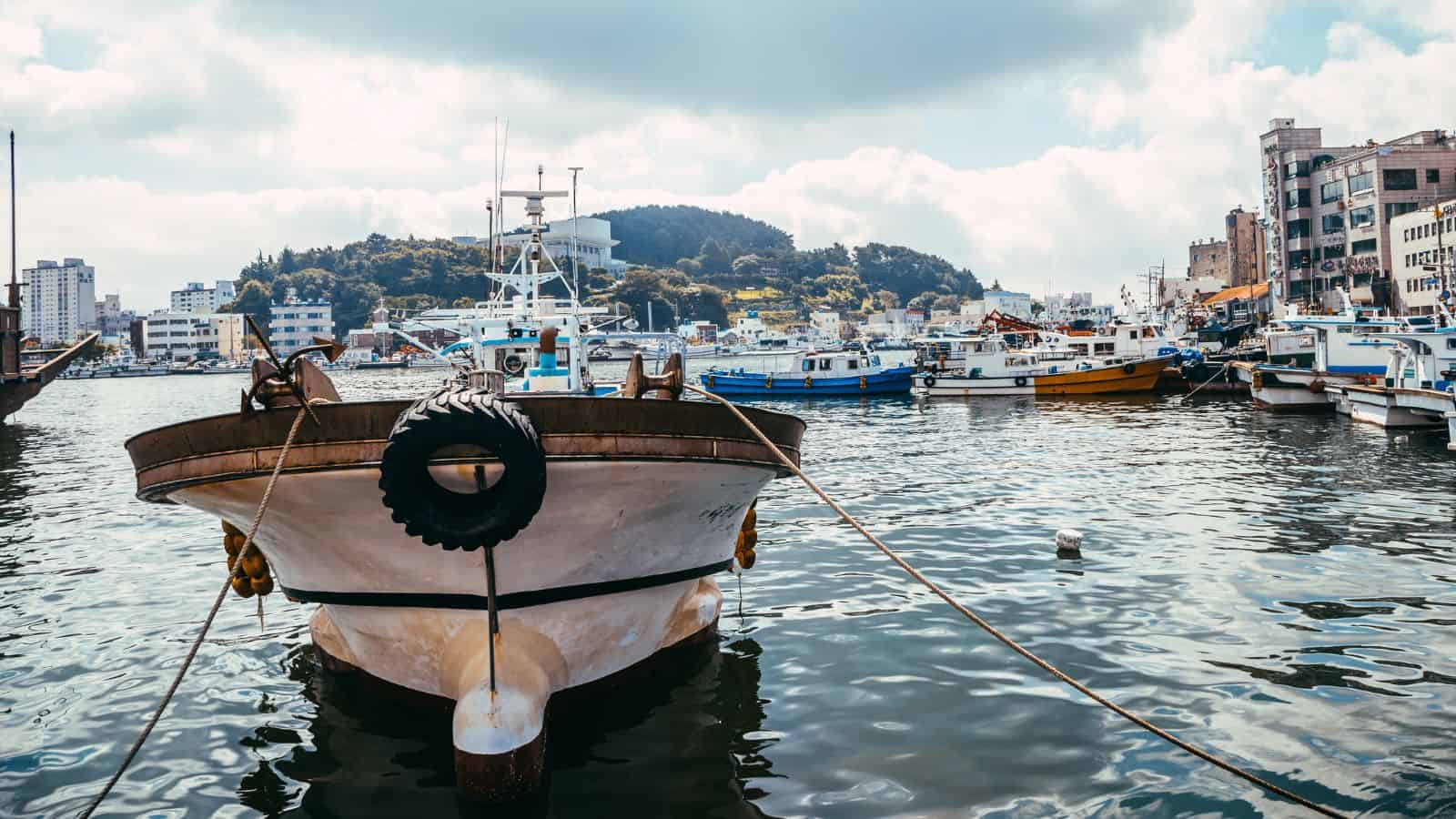
Often called the “Naples of Korea,” Tongyeong charms visitors with its harbor views, colorful hillside homes, and maritime history. The city’s murals, seafood markets, and coastal cable car rides make it ideal for exploration. Nearby islands like Somaemuldo and Bijindo offer peaceful beaches and hiking trails. The Dongpirang Mural Village, once a declining neighborhood, is now an outdoor art gallery filled with vibrant local murals. Tongyeong’s relaxed tempo, fresh seafood, and seaside culture make it a refreshing alternative to Korea’s larger coastal cities.
Gangneung

Set between mountains and sea, Gangneung is a charming east-coast city known for coffee culture, art, and beaches. Anmok Beach, lined with cafés overlooking the waves, has become a local favorite for both relaxation and creativity. The Ojukheon House, one of Korea’s oldest wooden homes, offers a glimpse into Joseon-era life. Nearby, Jeongdongjin’s sunrise over the sea is famous nationwide. Gangneung also hosted parts of the 2018 Winter Olympics, leaving behind modern facilities and mountain resorts. With its blend of seaside charm and cultural depth, Gangneung offers a serene and stylish coastal escape.
Want to save this?
Sokcho
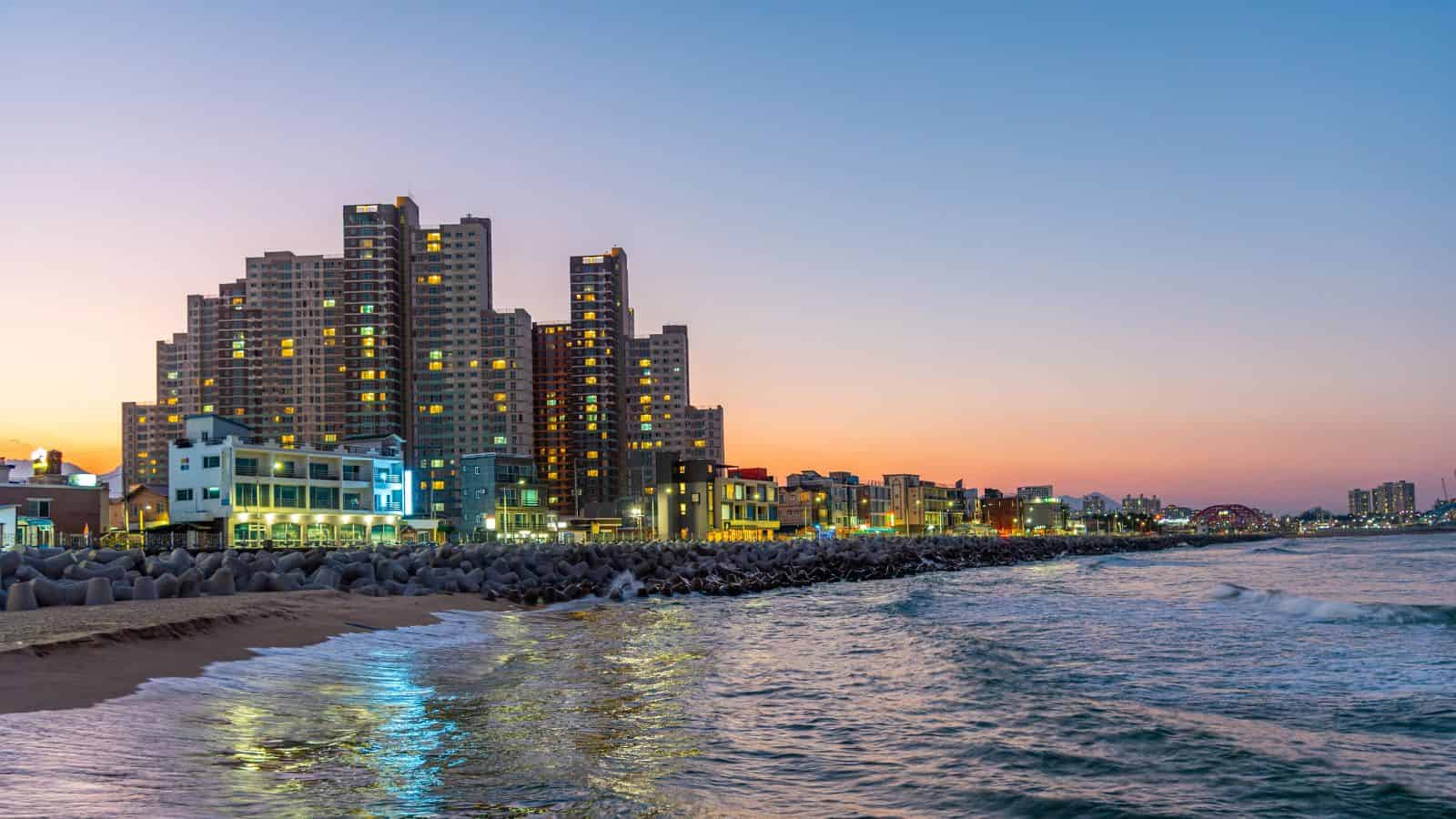
Sokcho serves as the gateway to Seoraksan National Park, one of Korea’s most scenic natural wonders. Travelers come for hiking trails that lead to waterfalls, granite peaks, and panoramic viewpoints. The town itself is known for fresh seafood, especially Sokcho’s signature squid and crab dishes. Sokcho Beach, with its clean sands and clear water, provides a relaxing contrast to mountain adventures. The town’s mix of modern cafés, traditional markets, and ocean breezes gives it an easygoing charm. Whether for nature or food, Sokcho is a must for travelers seeking a peaceful balance between mountain and sea.
Boseong
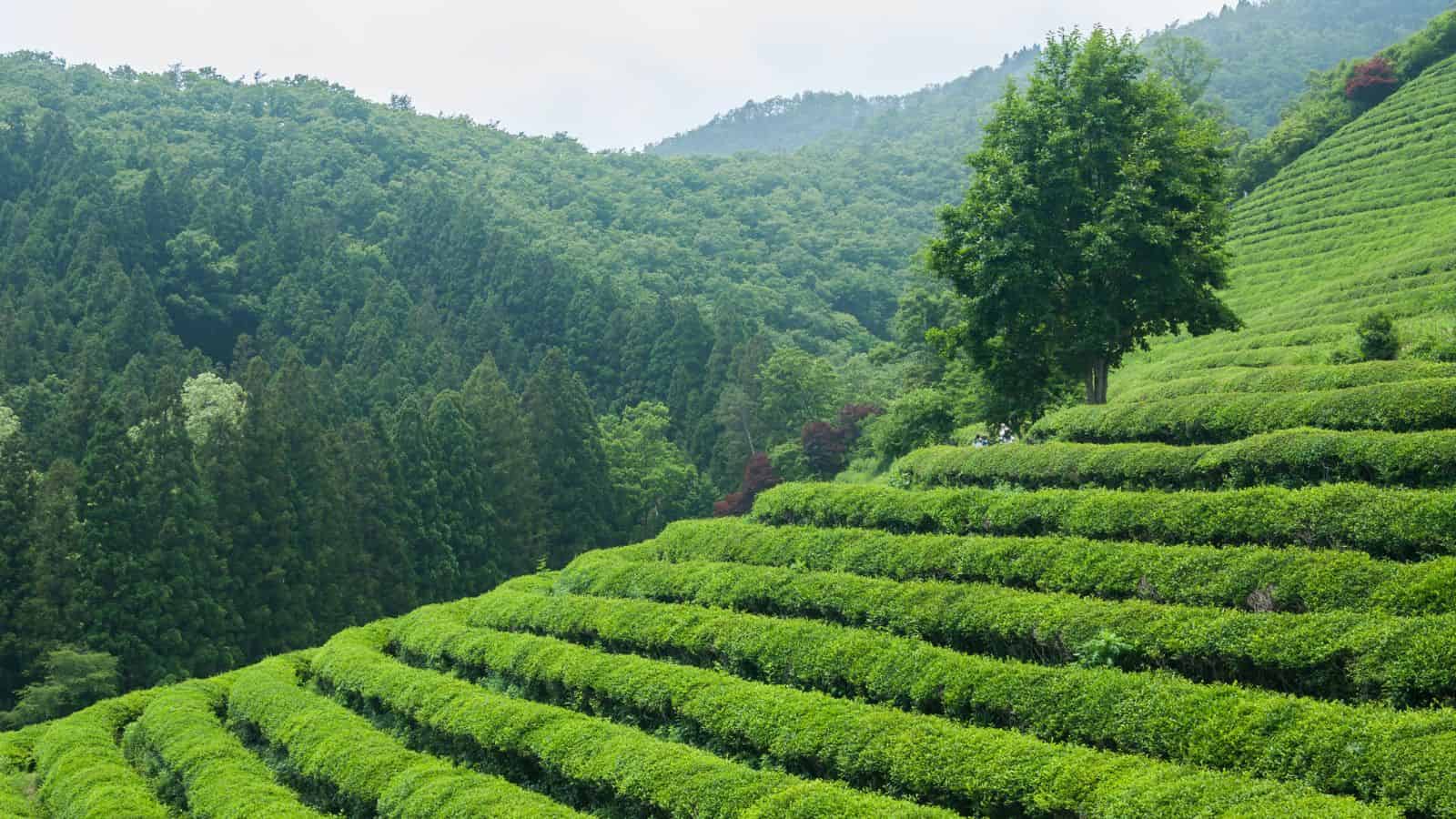
Boseong is synonymous with green tea. Rolling tea fields stretch across the hills, creating one of the most photogenic landscapes in Korea. Visitors can walk through the Daehan Dawon Tea Plantation, sample fresh green tea ice cream, or bathe in tea-infused spa treatments. The fields glow particularly bright after rain or at sunrise, offering picture-perfect moments. Small museums and tea houses explain the region’s cultivation history. Peaceful, fragrant, and visually stunning, Boseong offers a calm escape into Korea’s countryside—ideal for travelers who love nature, photography, and tranquil moments far from city life.
Suncheon

Suncheon is an eco-city that blends wetlands, gardens, and traditional villages in perfect harmony. The Suncheon Bay Wetland Reserve attracts thousands of migratory birds and is best known for its sweeping reed fields and sunset views. The nearby Suncheonman Bay National Garden showcases plant life from around the world, while the Nagan Eupseong Folk Village preserves authentic Joseon-era architecture. The area’s balance between nature and culture makes it an inspiring destination for photographers and nature enthusiasts. Suncheon feels fresh, quiet, and beautifully green—proof that sustainability and culture can thrive together.
Yeosu
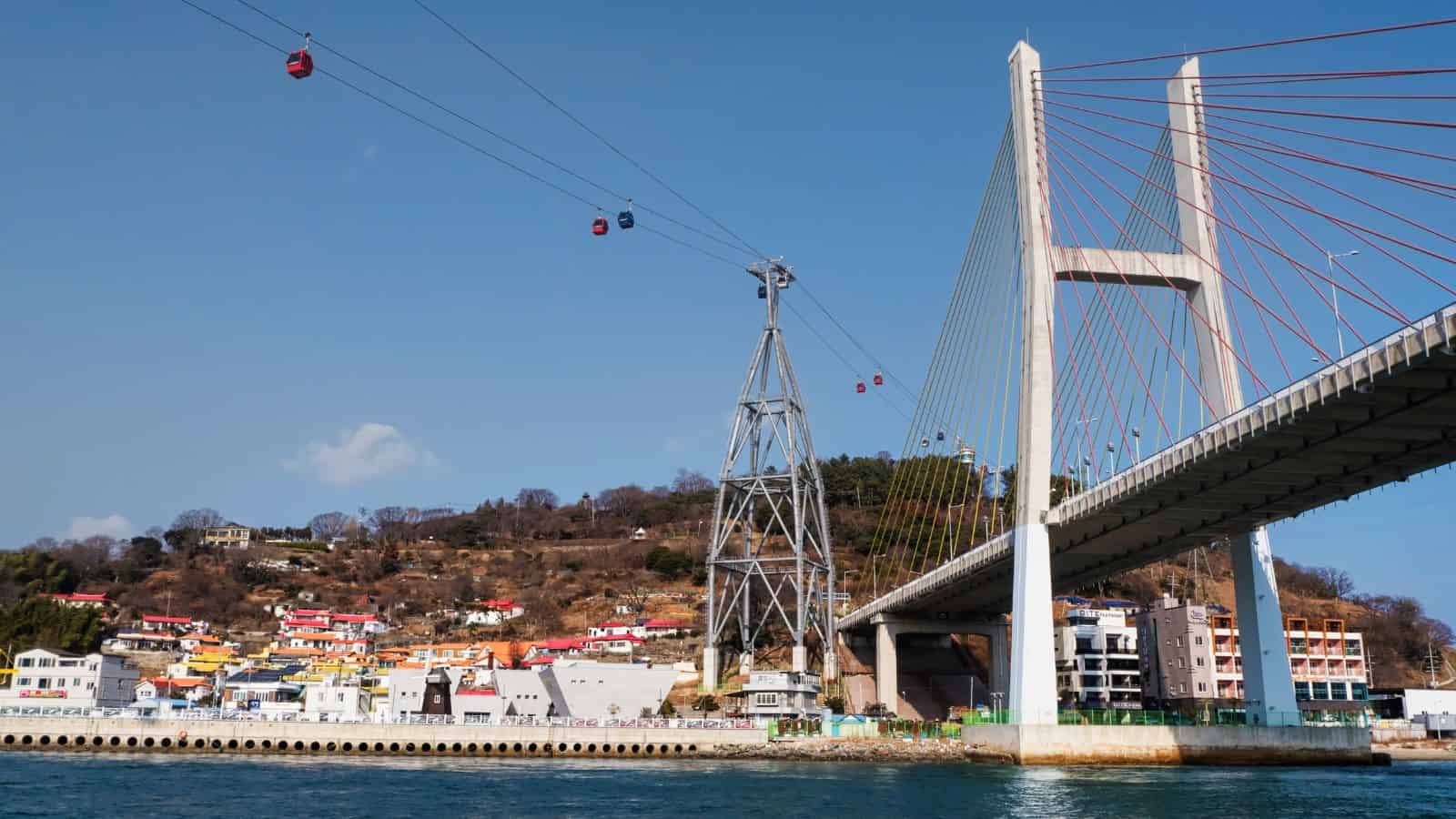
Yeosu is a romantic coastal city made famous by its scenic bridges, sea views, and islands connected by ferries. The Yeosu Maritime Cable Car gives panoramic views of the coastline, while the Dolsan Park area shines beautifully at night. Historic sites like Yi Sun-sin Plaza honor Korea’s naval hero, and seafood markets serve grilled shellfish and raw fish right by the harbor. Visitors can explore nearby islands like Odongdo, known for camellia flowers. Yeosu’s gentle climate and relaxed energy make it a perfect destination for sunset walks and sea breezes without the intensity of bigger port cities.
Damyang
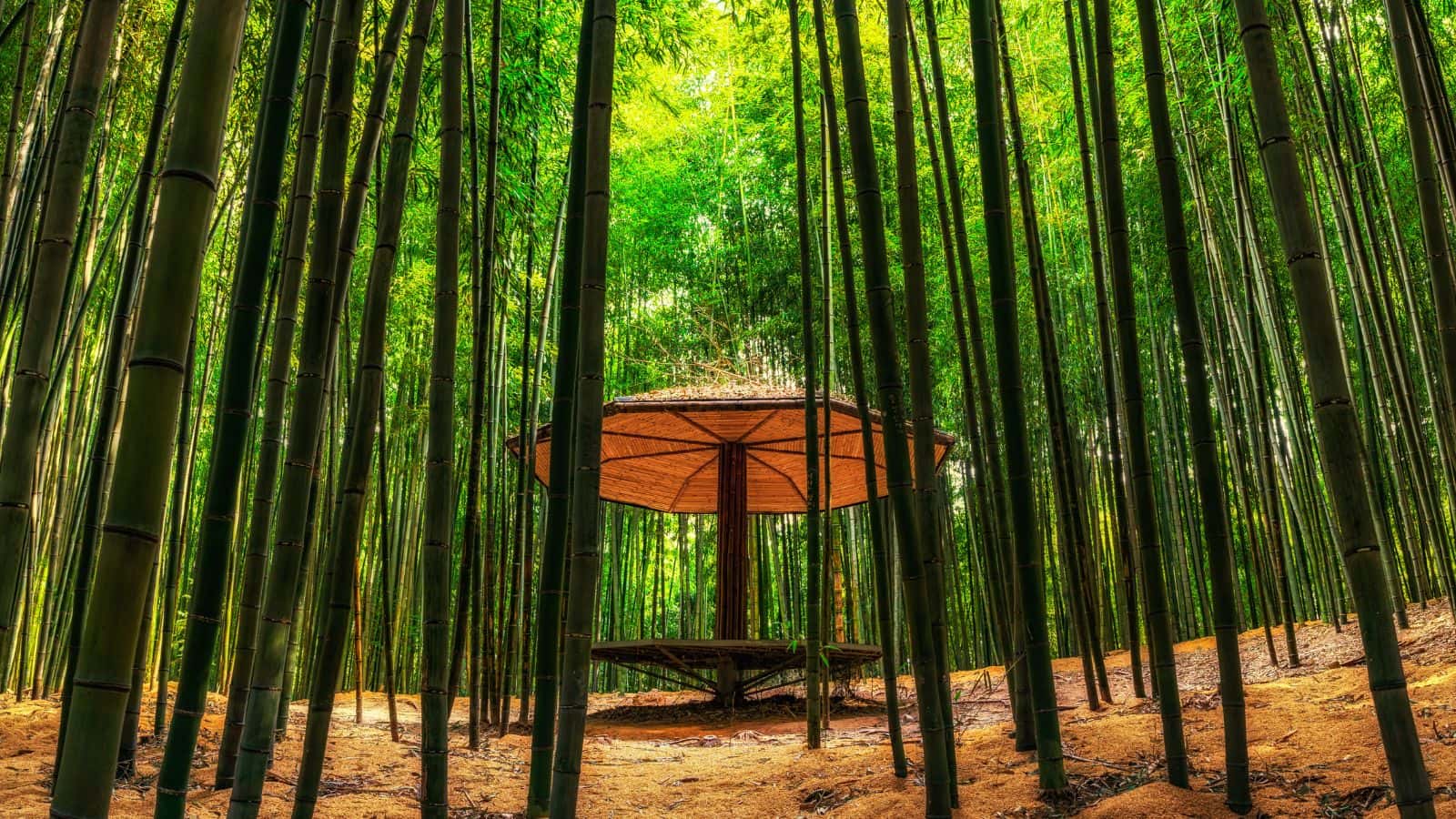
Damyang is famous for its lush bamboo forests and traditional atmosphere. The Juknokwon Bamboo Garden offers serene walking paths surrounded by towering green stalks that sway softly in the wind. The town also features hanok-style cafés, local bamboo crafts, and a scenic metasequoia-lined road that turns golden in autumn. Food lovers can try bamboo rice or simple countryside meals served in traditional houses. Damyang’s combination of fresh air, artistry, and quiet charm makes it a refreshing escape for anyone looking to slow down and experience Korea’s natural elegance.
12 Places in Korea That Only Locals Tend to Visit
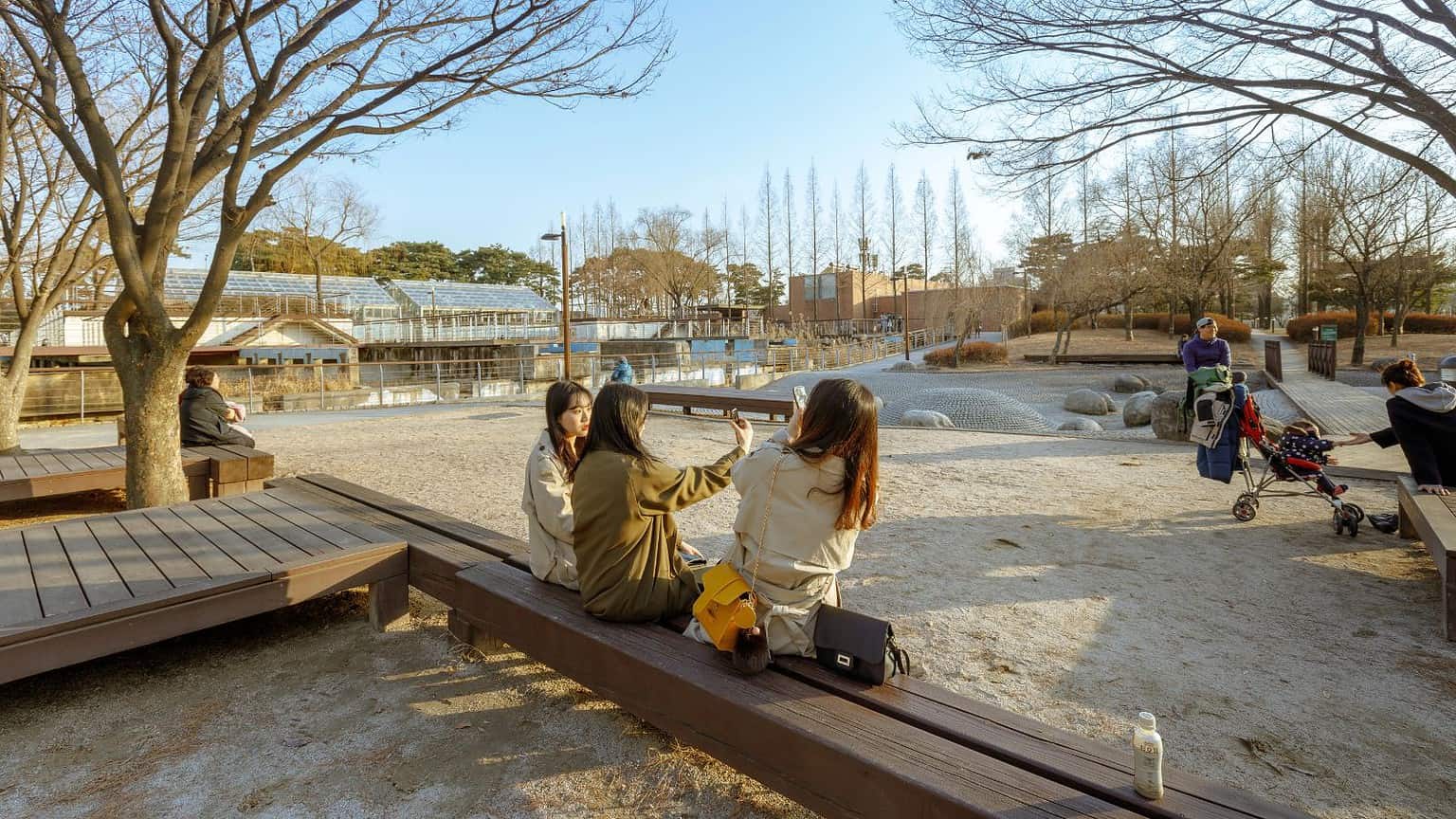
Beyond Korea’s famous palaces, bustling markets, and trendy neighborhoods, there are places in Korea that only locals tend to visit. These hidden spots reflect everyday life and traditions often overlooked by tourists, from quiet mountain temples and seaside villages to small-town festivals and tucked-away street markets. Visiting them gives travelers a chance to see another side of the country—one that feels more authentic and closely tied to local culture.
Read More Here: 12 Places in Korea That Only Locals Tend to Visit
9 Shops in Japan That Tourists Can't Stop Talking About

Japanese stores are so underrated. Japan is renowned for its fascinating blend of tradition and innovation, and the shopping scene is no exception. From quirky boutiques to luxury department stores, nine shops in Japan that tourists can’t stop talking about have earned global recognition for their distinctive offerings. These stores aren't just places to shop—they’re destinations that provide a unique cultural experience, showcasing everything from rare collectibles to the latest trends.
Read More Here: 9 Shops in Japan That Tourists Can't Stop Talking About




